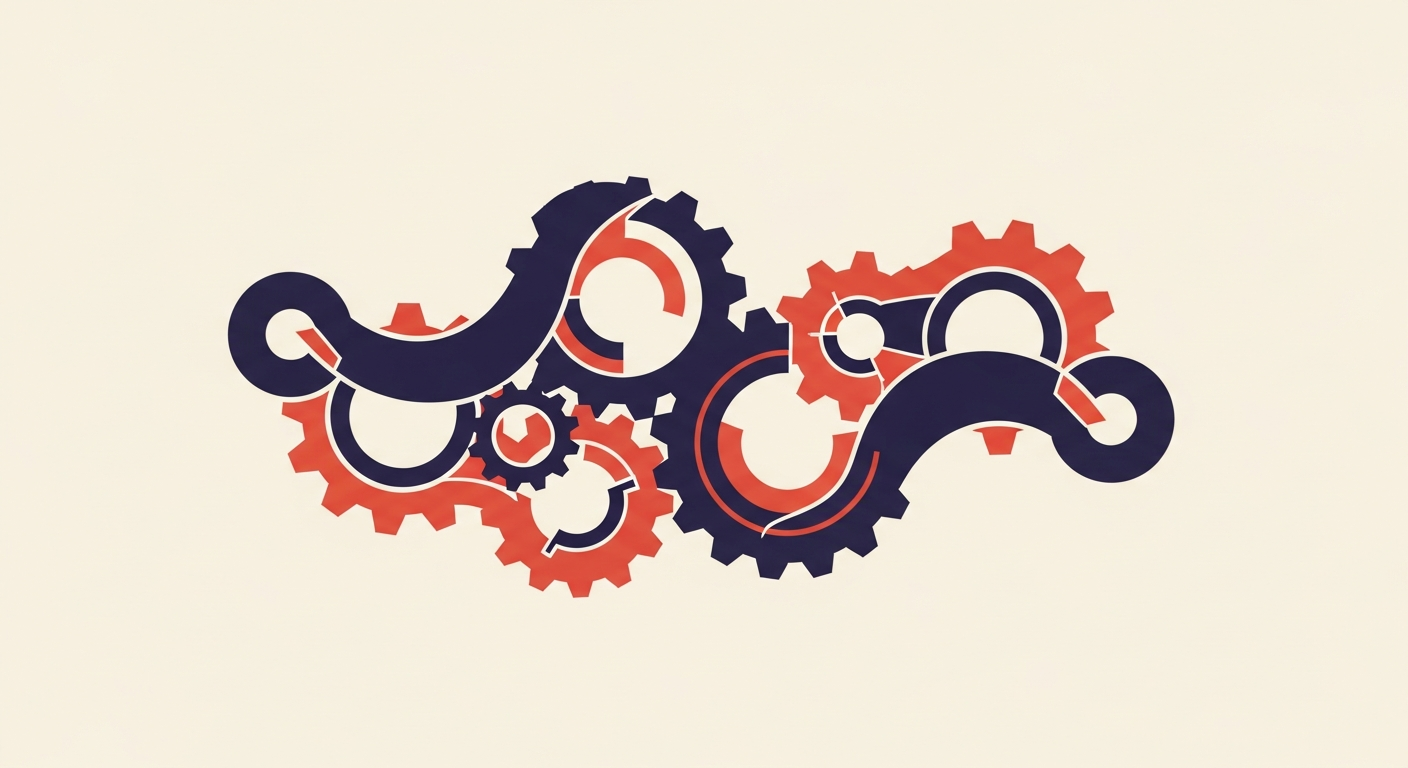What are the three main ARC header fields?

Michael Ko
Co-founder & CEO, Suped
Published 28 Jun 2025
Updated 16 Oct 2025
7 min read


ARC-Authentication-Results: i=1; mx.example.com; spf=pass (sender IP is 192.0.2.1) smtp.mailfrom=sender.com; dkim=pass (signature was verified) header.d=sender.com; dmarc=pass action=none header.from=sender.com

